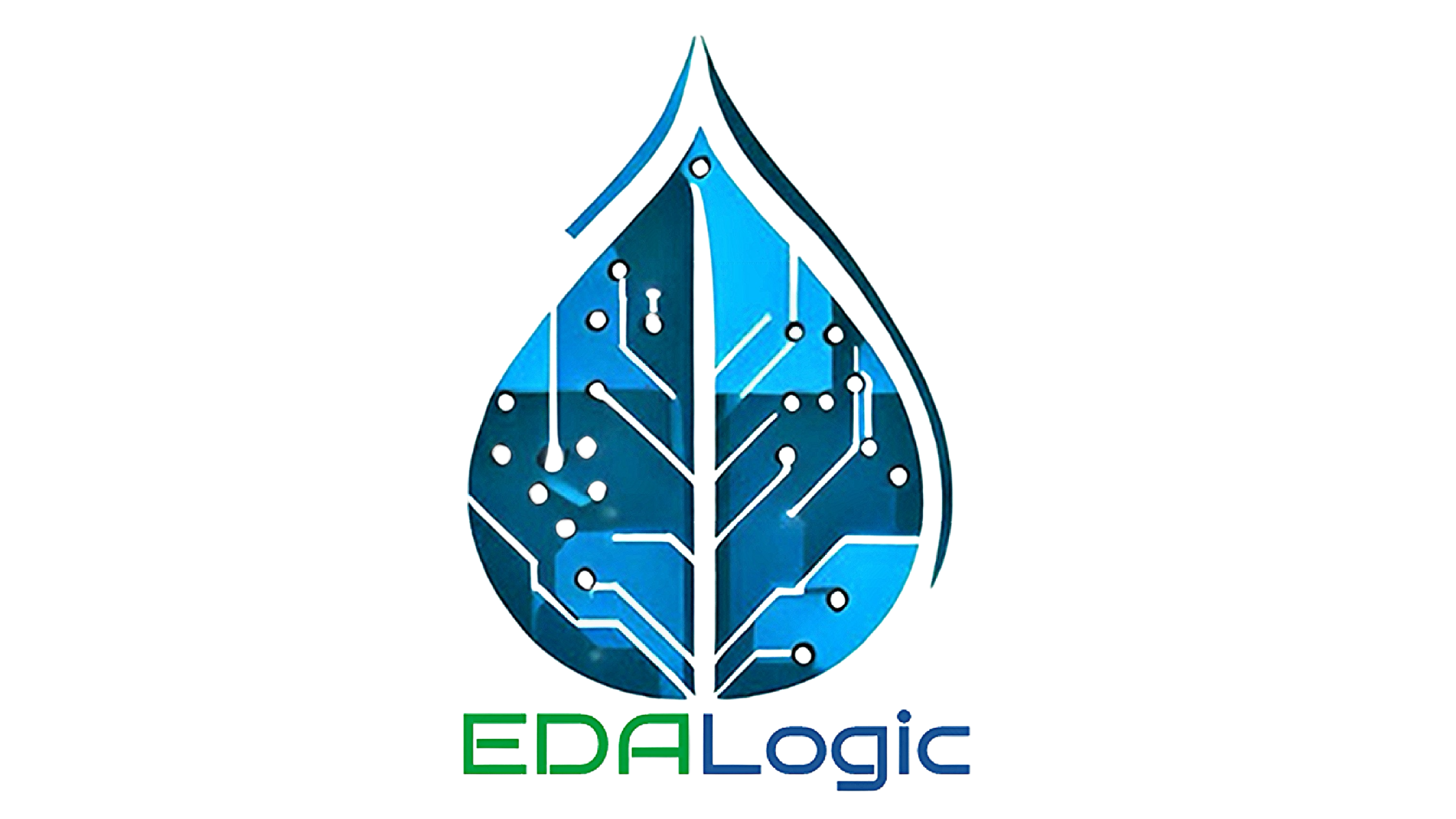Unlocking Quantum Potential: How Electronic Design Automation Fuels Quantum Computing
In the ever-evolving world of technology, quantum computing has emerged as a beacon of innovation and limitless potential. This cutting-edge field leverages the principles of quantum mechanics to process information in ways that classical computers can only dream of. Yet, as quantum computing ascends to greater heights, it's essential to recognize a critical enabler of this quantum revolution: Electronic Design Automation (EDA). EDA, typically associated with classical chip design, plays an equally vital role in the quantum realm, shaping the hardware that will drive the future of computation.
The Quantum Landscape:
Quantum computing harnesses the unique properties of quantum bits or qubits. Unlike classical bits, which are either 0 or 1, qubits can exist in superpositions of both states simultaneously. This property, coupled with entanglement and quantum interference, grants quantum computers the potential to solve complex problems exponentially faster than classical computers.
The Quantum Hardware Challenge:
However, building and maintaining a quantum computer is a formidable challenge. Qubits are extraordinarily sensitive to external influences, such as temperature and electromagnetic radiation. Achieving and maintaining the necessary level of precision in the manipulation of qubits is a monumental task.
Enter EDA in the Quantum Realm:
This is where Electronic Design Automation steps in. EDA, long associated with classical chip design, has ventured into the quantum frontier. It provides the tools and methodologies essential for designing the intricate hardware required for quantum computation.
Precision in Qubit Placement and Control:
In the world of quantum computing, the arrangement of qubits is analogous to placing pieces on a chessboard. EDA tools come to the rescue by optimizing the placement of qubits to minimize interference and maximize coherence time. They also aid in designing control electronics that apply precisely-timed microwave pulses and magnetic fields to manipulate qubits with extraordinary precision.
Signal Processing and Error Correction:
Quantum computers are inherently prone to errors due to the fragility of qubits. Here, EDA's expertise comes into play by designing error-correction schemes and advanced signal processing algorithms. These innovations help mitigate errors, ensuring the reliability of quantum computations.
Scalability and Integration:
For quantum computing to fulfill its potential, hardware must be scalable. EDA plays a critical role in ensuring the seamless integration of additional qubits and control electronics while maintaining the overall integrity of the system. This scalability is vital as quantum computers evolve from small-scale devices to powerful quantum processors.
Unique Challenges for Quantum EDA:
Quantum EDA faces unique challenges. Unlike classical circuits, quantum circuits are probabilistic in nature, with outcomes that cannot be fully predicted. This poses complexities for traditional EDA tools. Quantum EDA solutions must adapt to this inherent uncertainty, allowing engineers to work effectively with probabilistic designs.
A Quantum Future:
As quantum computing continues its journey, the partnership between EDA and the quantum realm will deepen. Quantum EDA will not only facilitate the construction of large-scale quantum computers but also drive the development of quantum communication systems, quantum sensors, and other quantum technologies.
In conclusion, Electronic Design Automation is extending its reach into the quantum computing realm, contributing significantly to the advancement of transformative quantum technologies. The synergy between EDA and quantum computing is pushing the boundaries of what's possible in computation. As we stand on the brink of a quantum revolution, the collaboration between EDA and the quantum world opens doors to a new era of technological innovation and scientific discovery. Stay connected with our blog for more insights into the dynamic relationship between EDA and quantum computing.

